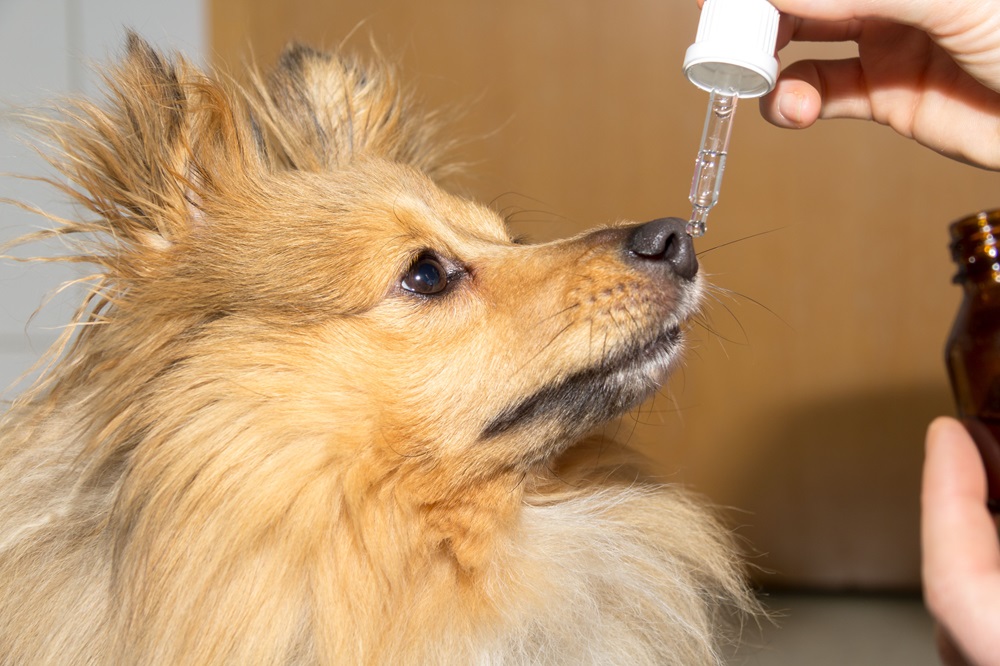
In veterinary medicine, Meloxicam shines as a versatile medication for our beloved canine companions. In this comprehensive guide, we’ll delve into the myriad applications of Meloxicam in dogs, emphasizing its critical role in enhancing their quality of life, all while keeping a watchful eye on the indispensable “meloxicam for dogs dosage chart.(Puainta®)”
Meloxicam Uses in Dogs
Meloxicam, a non-steroidal anti-inflammatory drug (NSAID), is a linchpin in canine healthcare. Let’s explore its multifaceted uses:
- Pain Management
Meloxicam emerges as a dependable ally in the fight against canine pain. It deftly tackles acute and chronic discomfort, making it invaluable for post-operative recovery and long-term management of conditions like arthritis. By mitigating pain, it profoundly elevates a dog’s comfort and overall well-being.
- Anti-Inflammatory Properties
Beyond pain relief, Meloxicam has potent anti-inflammatory properties. This NSAID stands firm against inflammation in various conditions, rendering it indispensable for dogs battling inflammation-driven health issues. Whether it’s inflamed joints or troublesome skin conditions, Meloxicam empowers dogs to reclaim their vitality.
- Targeted Treatment for Specific Conditions
Meloxicam is prescribed to tackle specific ailments. It steps into the limelight when dealing with conditions such as arthritis, joint disorders, and select dermatological concerns. Its adaptability allows veterinarians to tailor treatment to the unique needs of individual dogs.
Dosage and Administration
For optimal results and safety, precise dosing and administration of Meloxicam are paramount. The recommended dosage hinges on factors like a dog’s size, weight, and the nature of the condition. Consulting a veterinarian is the key to unlocking tailored dosing recommendations. These seasoned professionals account for the dog’s overall health, age, and specific ailment to determine the precise dosage. Complying with the prescribed dosing schedule is vital for maintaining efficacy.
The Veterinarian’s Role
A veterinarian’s role is pivotal in ensuring the safe and effective use of Meloxicam. They provide expert diagnosis, establish the necessity for Meloxicam, and chart the course for proper dosage, frequency, and treatment duration. Ongoing check-ins help monitor the dog’s response to Meloxicam, enabling timely adjustments.
Side Effects and Precautions
As with any medication, Meloxicam can elicit side effects, including gastrointestinal discomfort. Vigilance is essential. Should these adverse effects arise, prompt reporting to the veterinarian is imperative. Dogs with pre-existing health conditions warrant special precautions when using Meloxicam, underlining the need for veterinary consultation.
Alternative Approaches and Complementary Therapies
While Meloxicam is a potent solution, alternative treatments, and complementary therapies also warrant consideration. These encompass diverse medications and holistic approaches such as acupuncture, physical therapy, and dietary modifications. The synergy of Meloxicam with complementary therapies can augment overall efficacy. Always seek the expert guidance of a veterinarian to navigate the best path for your dog’s needs.
Conclusion
In conclusion, Meloxicam emerges as a versatile medication that delivers pain relief and anti-inflammatory benefits to dogs, all with the guidance of the “meloxicam for dogs dosage chart.” From acute pain management to the reduction of chronic inflammation, Meloxicam dramatically elevates a dog’s quality of life when used responsibly and under professional guidance. The pivotal role of veterinarians in the diagnosis, prescription, and monitoring of Meloxicam cannot be overstated. By placing your dog’s well-being at the forefront and collaborating closely with a veterinarian, you ensure they receive optimal care, including the judicious use of Meloxicam with the indispensable “meloxicam for dogs dosage chart.“



